When I started I decided that I wanted to build a board that would allow me as much flexibility with an attiny85 as possible. I used Kicade to create this project. I had worked with the Digispark board that was built with an SMD attiny85 and wanted to be able to include the usb pogramming functionality. I wanted to be able to program the MCU and remove it. I wanted to be able to unbrick it if I messed up the fuse bits. I wanted to make sure it could be powered off of a battery or external power source. I also wanted to know whether it was performing basic functions visually. My initial attempt led me to this design and layout.
Once I received the board and parts I quickly realized that there were some errors made and plenty of room for improvement. The SMD USB connection proved to be too painful to work with and solder on in this situation. I also neglected to label pinouts ( not a big deal but was annoying to keep looking for the proper spots for sck miso and mosi pins). I also liked the idea of using more SMD parts (that weren't micro USB's) because I had more leeway with running traces on the back of the board.
I stopped building this model once I realized it was lacking key functionality that I wanted and decided that instead I would just build a basic board for programming the MCU's and see if I could get a blink sketch to work. This is when I started working on version 2 which became version 3 because of some sloppy file keeping.
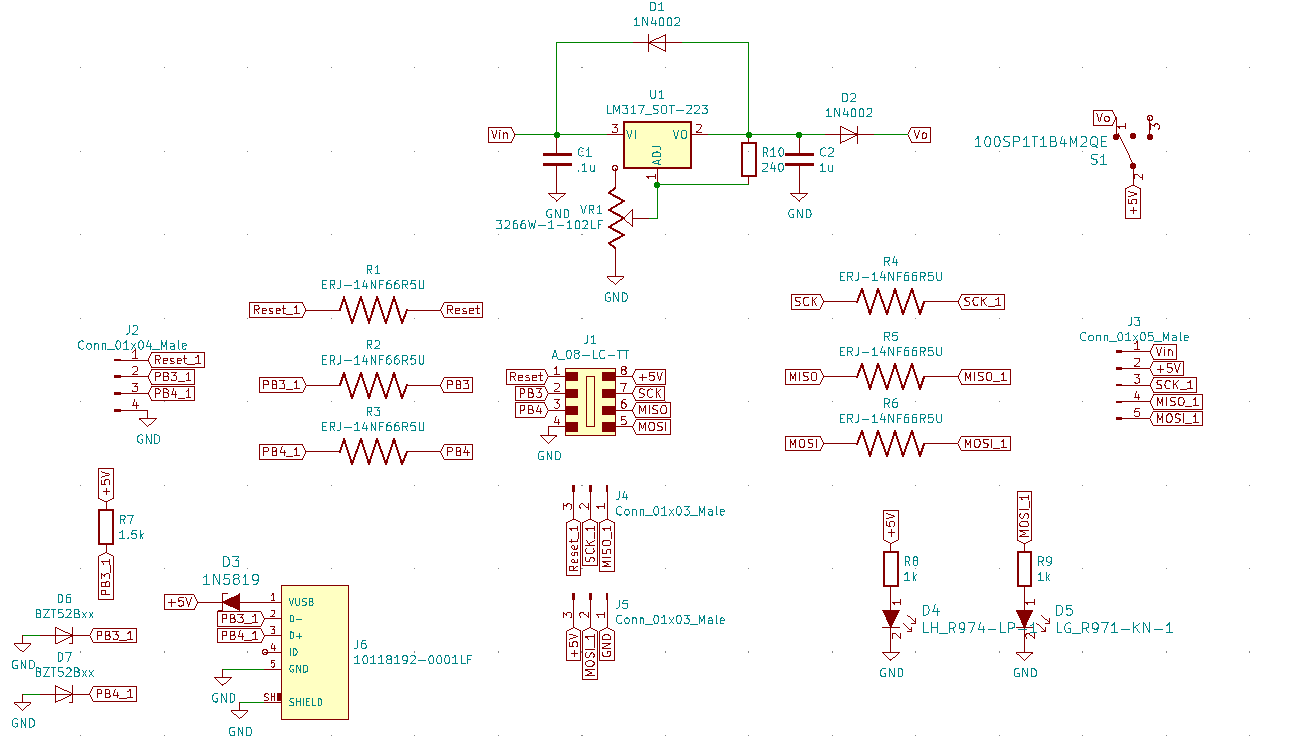
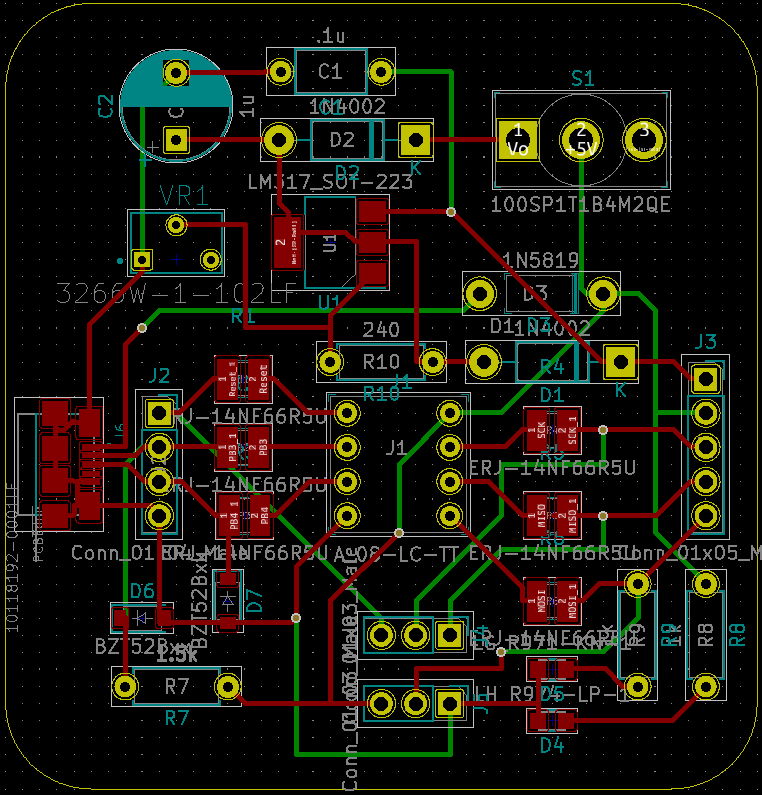
v2/ v3
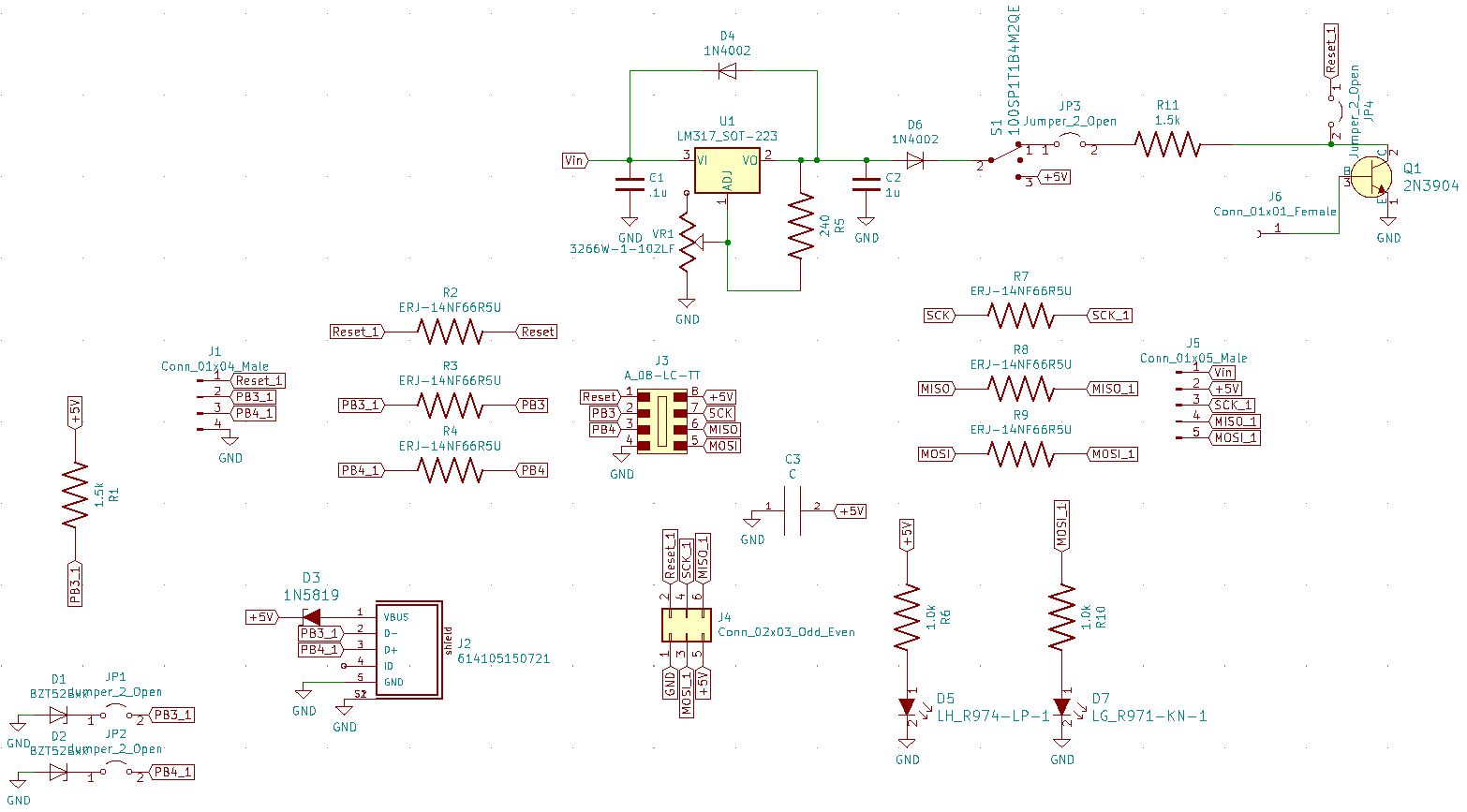
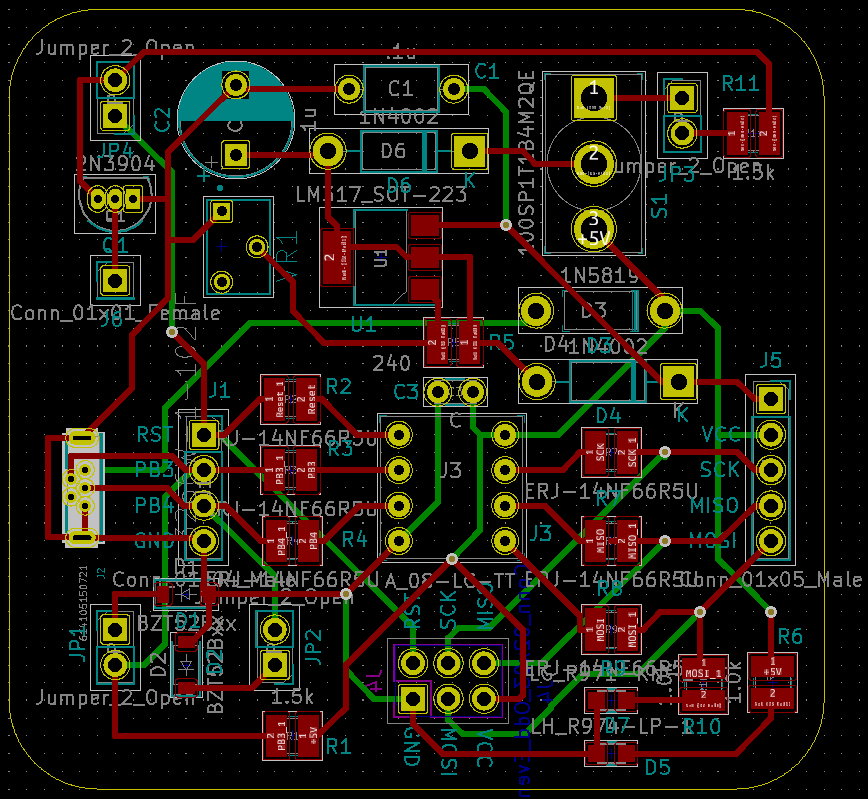
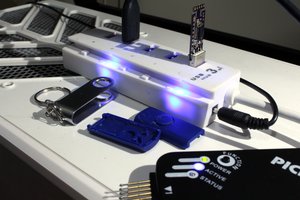
 Jarrett
Jarrett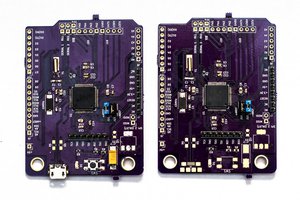
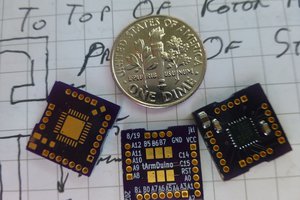
 doctek
doctek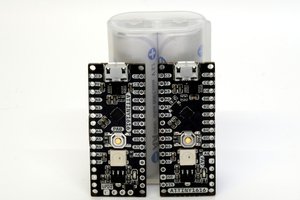
 andriy.malyshenko
andriy.malyshenko